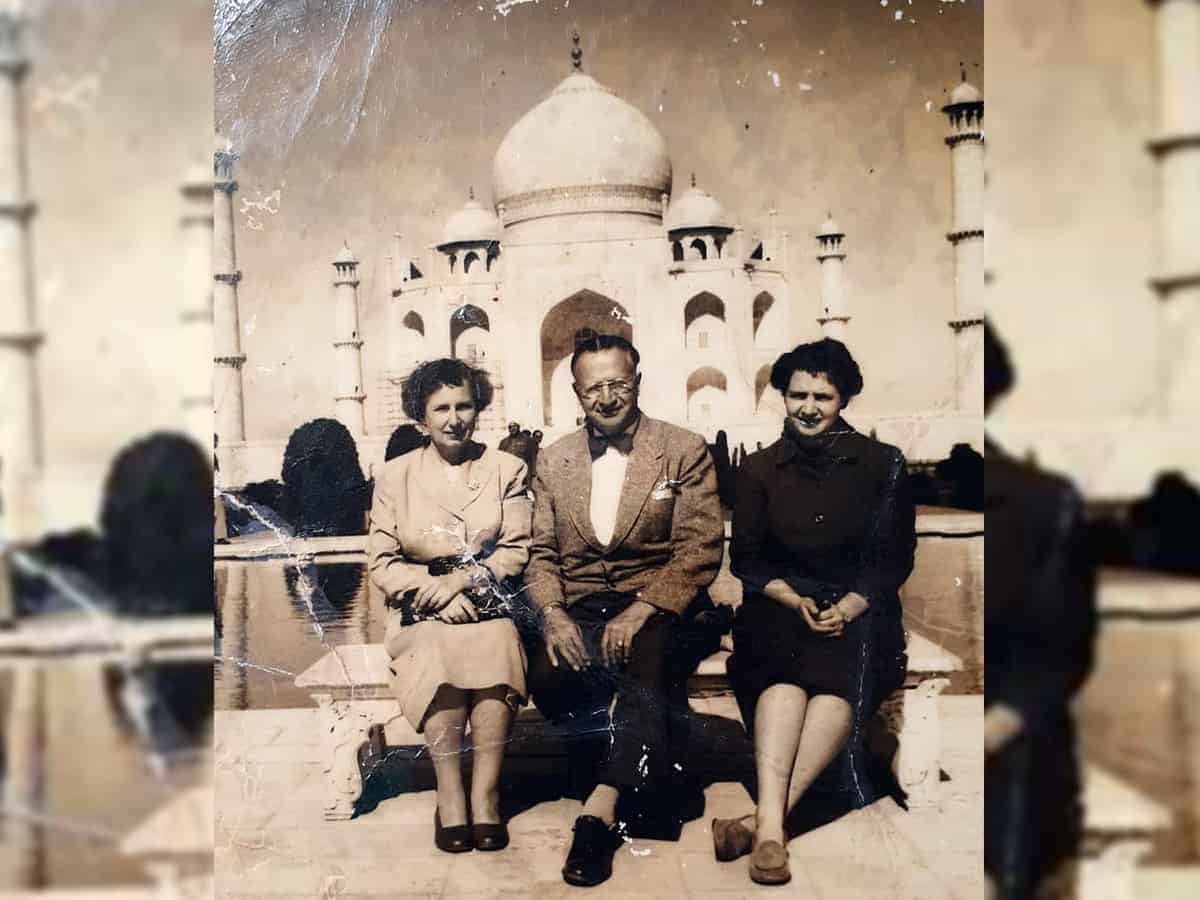
On a summer morning of 1954, father, elder brother and I were sitting at our living room window, overlooking Barkatpura chaman, and sipping coffee. I noticed a foreigner getting off a bus in pouring rain. Father asked me to bring him in.
“I am O’Dell. de Forest O’Dell from the United States. I am here to set up the department of journalism at Osmania University,” the grateful visitor explained, quaffing an inviting cup of coffee. “What, a department to turn out journalists?” It sounded strange at that time. We thought journalists were born, not made. We knew well that journalists like Kotamraju Rama Rao, M. Chalapati Rau, Khasa Subba Rau, C. Y. Chintamani, Kunduri Iswara Dutt did not go to a journalism school.
Journalism was then considered a mission and not a profession. Independent India felt the need to train young men and women in the craft and practice of journalism and also introduce them to its principles and values. P. P. Singh founded the School of Journalism in Lahore in 1941 and shifted it to Chandigarh after India became free. Then followed the Hislop College of Nagpur, a private institution, which introduced a course in journalism in 1952.
However, it was and is Osmania University which laid a strong durable foundation for journalism education in the country. It sought guidance and assistance of American Universities and academicians for setting up a separate department of journalism. The job was entrusted to Dr. de Forest O’Dell, a veteran newsman and journalism educator from the US.
Born in Atlanta on January 1, 1898, he was actively involved with the campus newspaper and yearbook at Butler University from where he graduated in 1921. He went on to head its journalism department. Besides writing for various New York newspapers, he served as a copy editor at the Associated Press in New York City.
Dr. O’Dell came to India in 1954 as the founder-head of the department. He started with the introduction of diploma and certificate courses mainly benefitting reporters and sub-editors working in various English and language newspapers in Hyderabad. Osmania was the first University in the country to introduce such a course.
From the very first year the department ran a journal The Osmania Courier founded and edited by my brother Krishnamoorty who enrolled for the first batch of 1954-55. The Courier served as a laboratory newspaper serving the campus community. A month-long internship in a major newspaper in New Delhi, Bombay or Madras was integral to the course and gave the students a lot of exposure as well as avenues for employment.
The Journalism department was the envy of others in the University as it boasted of a rich collection of copies of foreign newspapers like The Daily Mirror, The Daily Telegraph, (Manchester), Guardian, etc, thousands of books gifted mostly by the World Literacy Inc. and a good number of brand new portable typewriters (dream possession of any reporter of the times) and cameras.
Dr O’Dell stayed on as head of the department until 1956 to ensure that the department stood on its own. He died in Indianapolis on June 19, 1958. The OU Department of Journalism grew from strength to strength over the past 60 years adding courses at post-graduate and master’s level. I belong to the 1970-71 batch of BJ and 1980-81 batch of MCJ of the University.
Dasu Kesava Rao is a seasoned journalist who has worked, among several newspapers, with The Hindu and served as its Bureau Chief in Hyderabad.

